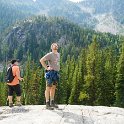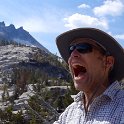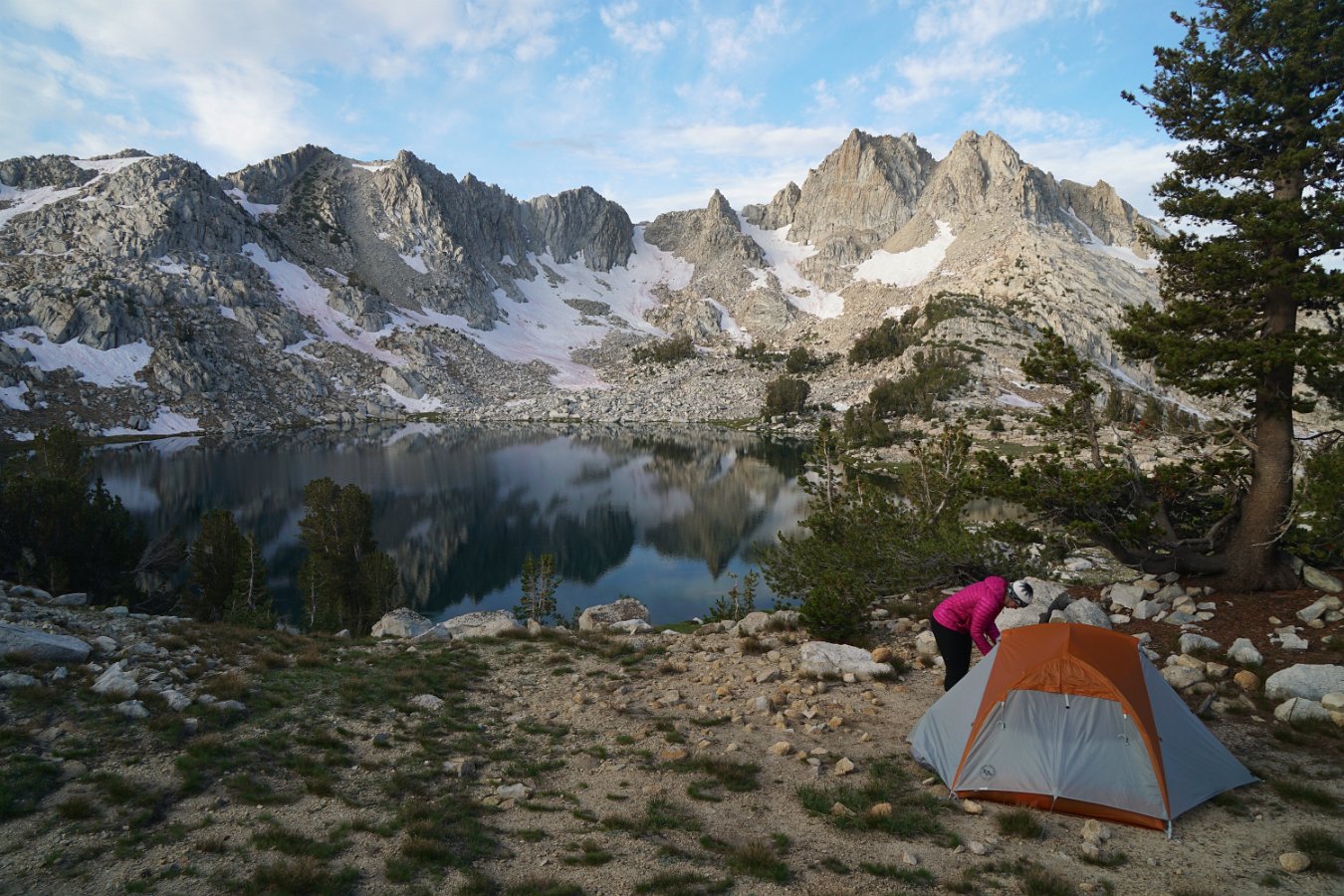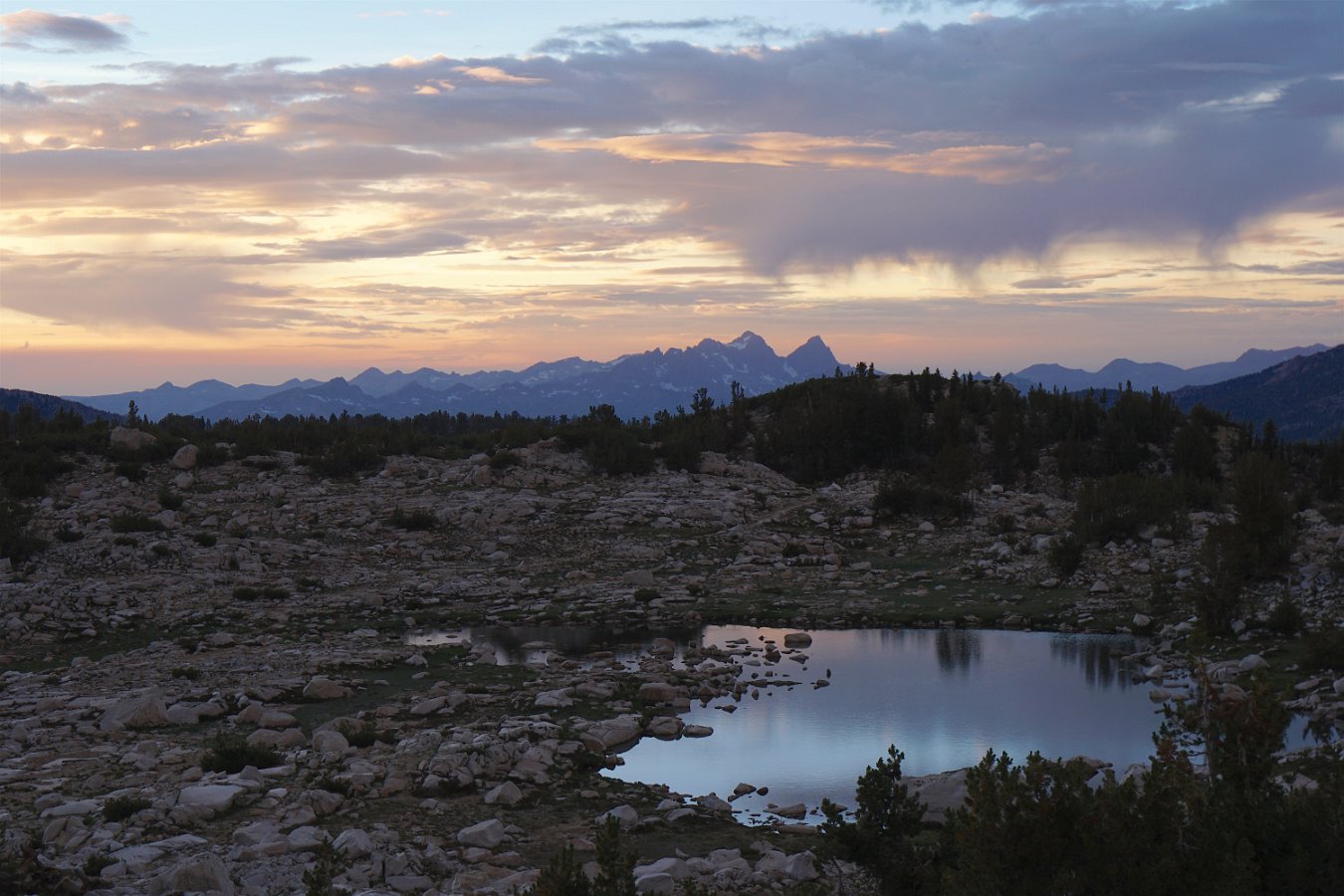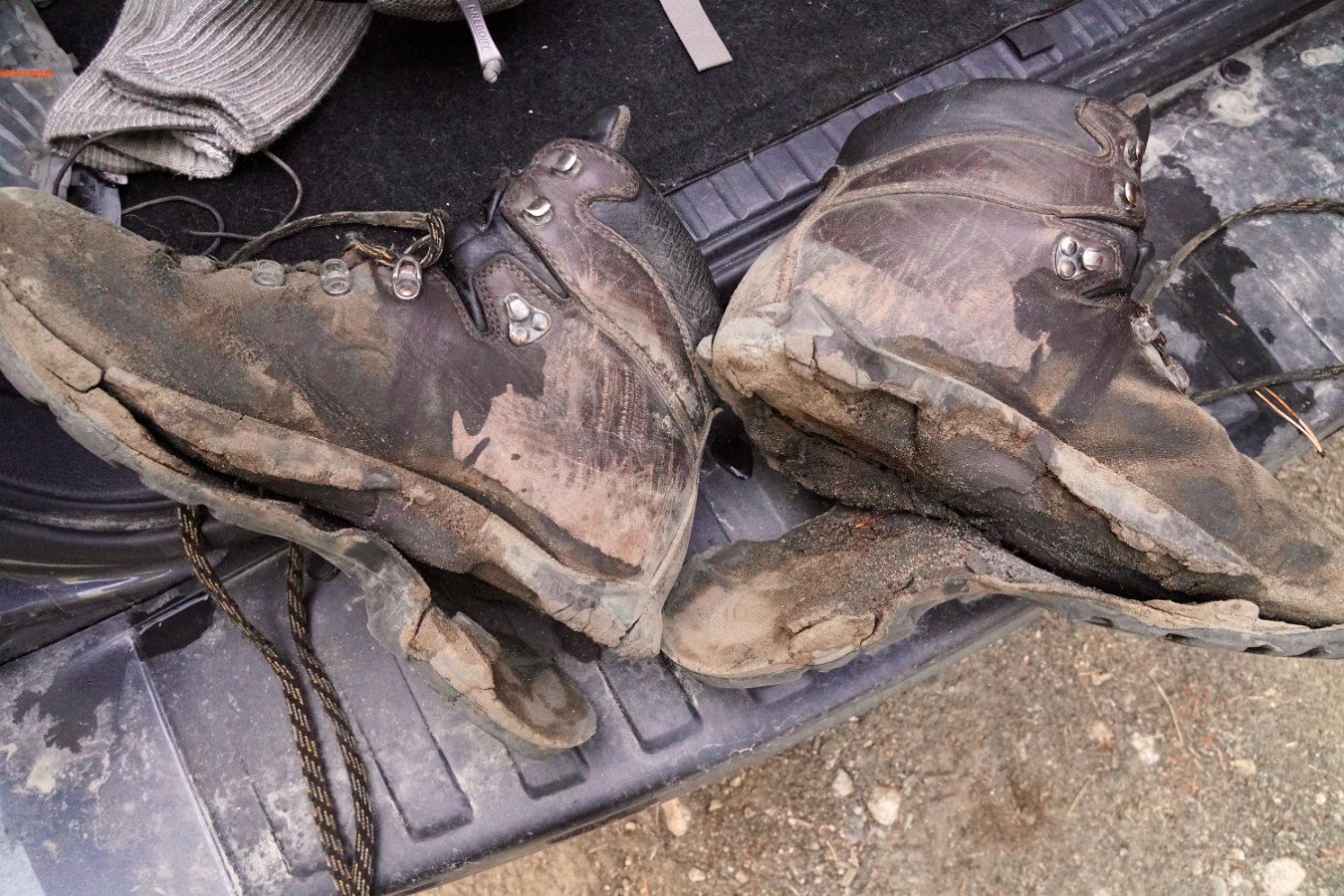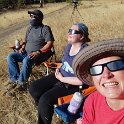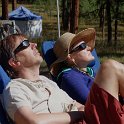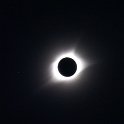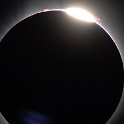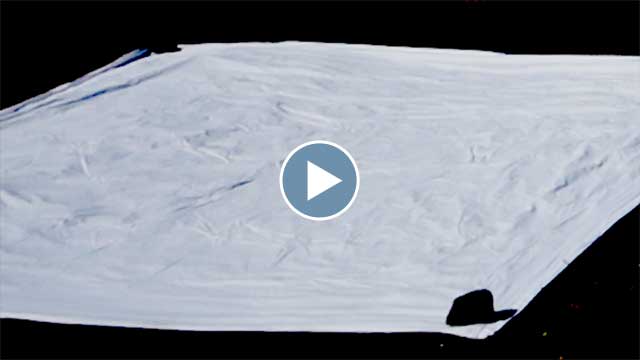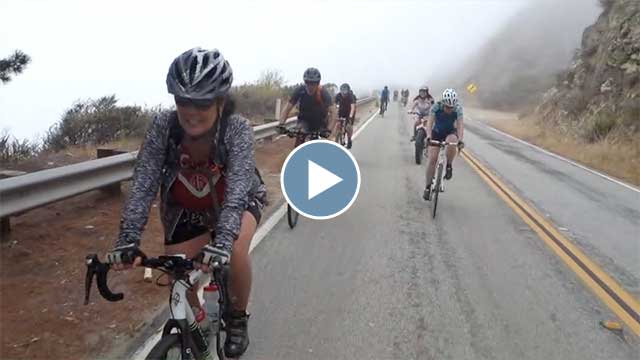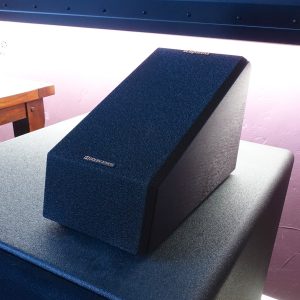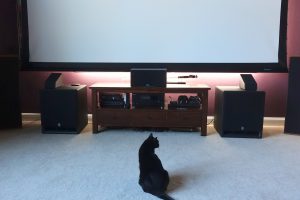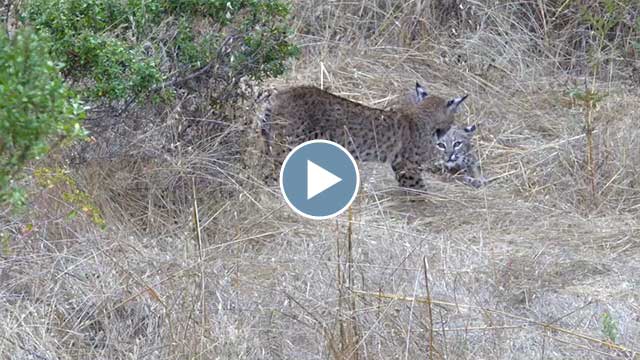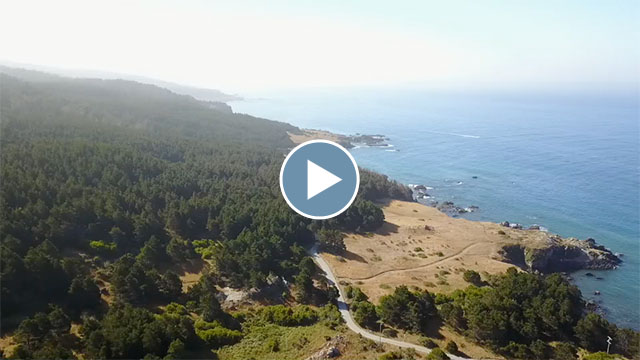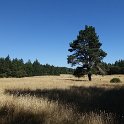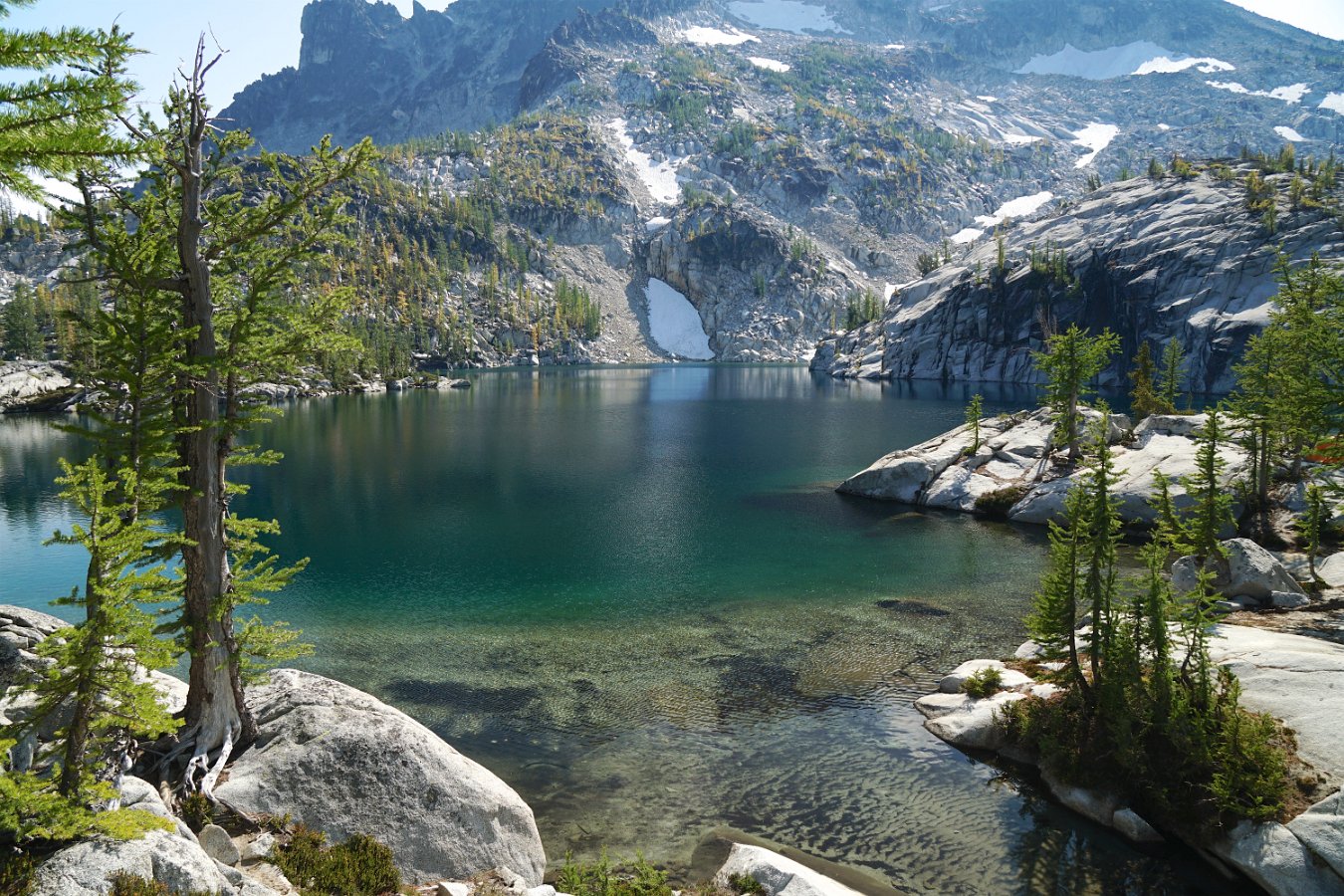
The Enchantments is a popular backpacking destination in the Alpine Lakes Wilderness area of central Washington state. It’s popular enough that you have to submit an application via a lottery system many months in advance (much like the Mt. Whitney trailhead). We managed to score a permit for the “Snow Lakes Zone” and I was able to join Glenn and Michele and several of their friends (John, Kyle and Fritz) last week in Leavenworth to start our four-day adventure. Unfortunately, Darlene had to bow out for a work-related conflict but we were able to make another backpacking trip to the High Sierra the week before.
It was looking sketchy with all the smoke from the wildfires across the northwest this summer, including a small wildfire burning in another part of the Enchantments area (closing off the other half), but we lucked out with some not-completely-unbreathable air the week we were there and even a remarkably clear day on our second day.

On our first day, we hiked from the Snow Lakes trailhead at about 1400 ft and climbed about 4000 ft over eight or nine miles to the far side of Snow Lakes. It’s a lot of elevation but it’s spread out fairly well and, except for a couple of large rockfalls, the trail is in good condition and there’s plenty of opportunities to get water. Part of Snow Lakes is used as a reservoir and it was down some 20-30 ft when we arrived – apparently drained like a bathtub by an underground aqueduct that shoots a huge jet of water out the side of the mountain above Nada Lake. We camped alongside some of the exposed beach of Snow Lakes for two nights.
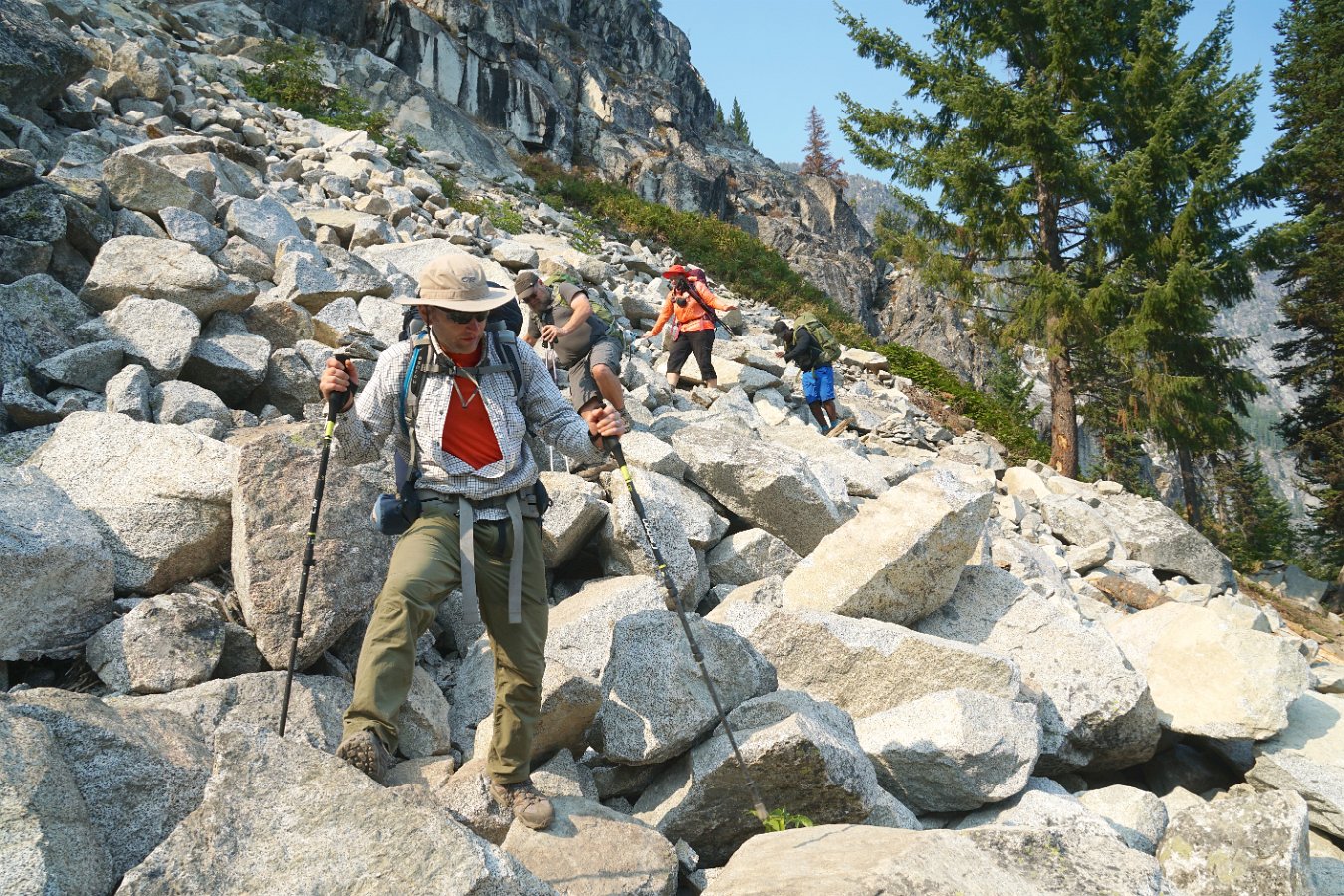
Glenn and Fritz “volunteered to keep watch” over our campsite the second day as the rest of us headed up over the western ridge from Snow Lakes to the “core zone” of the Enchantments area. That turned out to be not so much a trail as a rocky mountain goat path, scrambling up over granite outcroppings. It was hard to picture carrying a full 40-pound pack over that but many people do the Enchantments as a 18+ mile through hike. The craziness of that trail aside, the many lakes of the core zone were lovely, though we only went as far as the shore of Perfection Lake (while looking for mountain goats) before making our return to our camp.
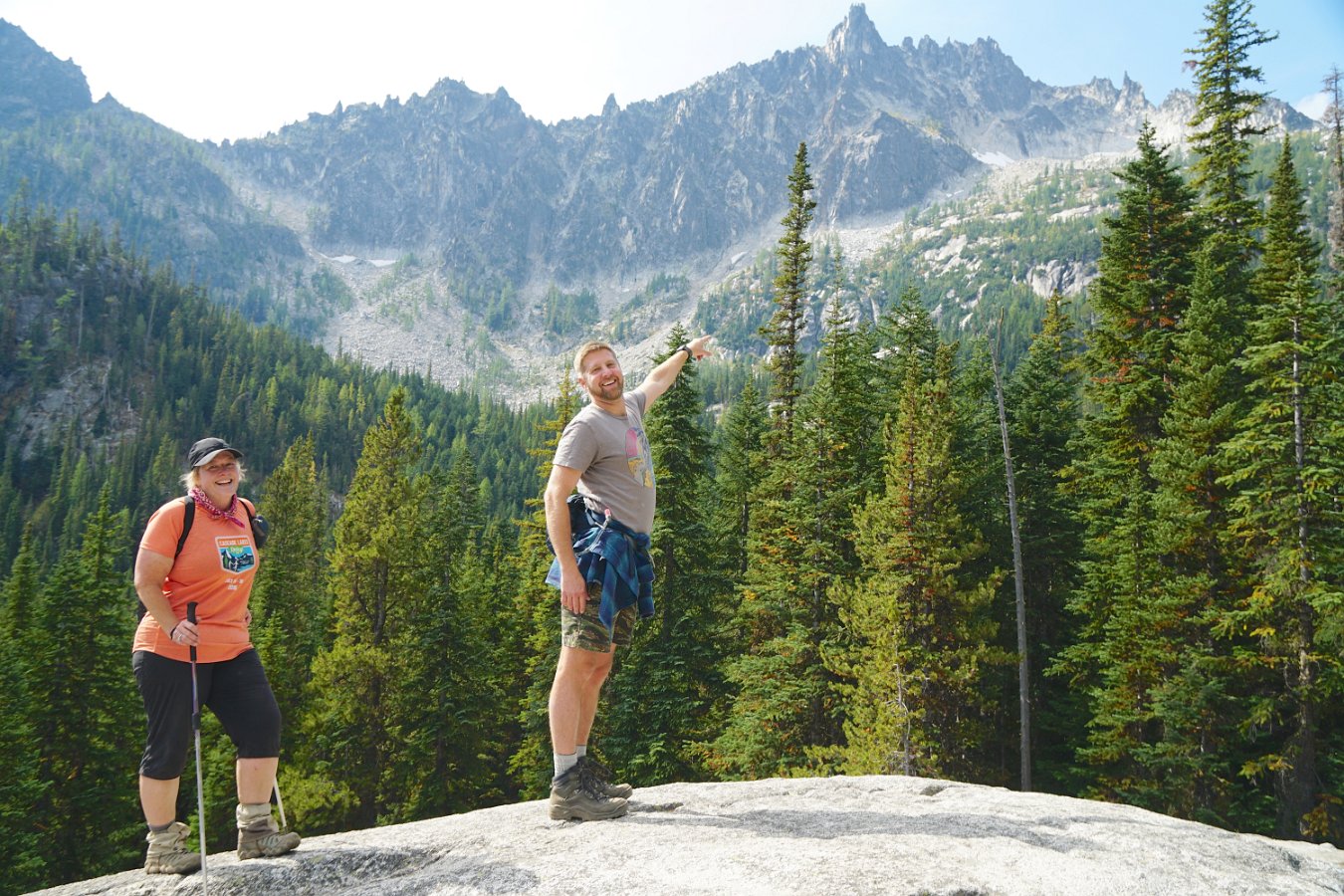
On our third day, we packed up camp late in the morning and headed down the short distance through the rockfalls to Nada Lake, with a brief sojourn to the more natural looking half of Snow Lakes – where we stumbled into a small herd of deer who were remarkably unconcerned with our presence. We camped along Nada Lake at the base of a huge rockfall of massive boulders that extended all the way up the mountain. And on our last day, we got a close encounter with a family of mountain goats as we made a leisurely hike all the way back down to the trailhead.

Click through for the full gallery of pictures:
